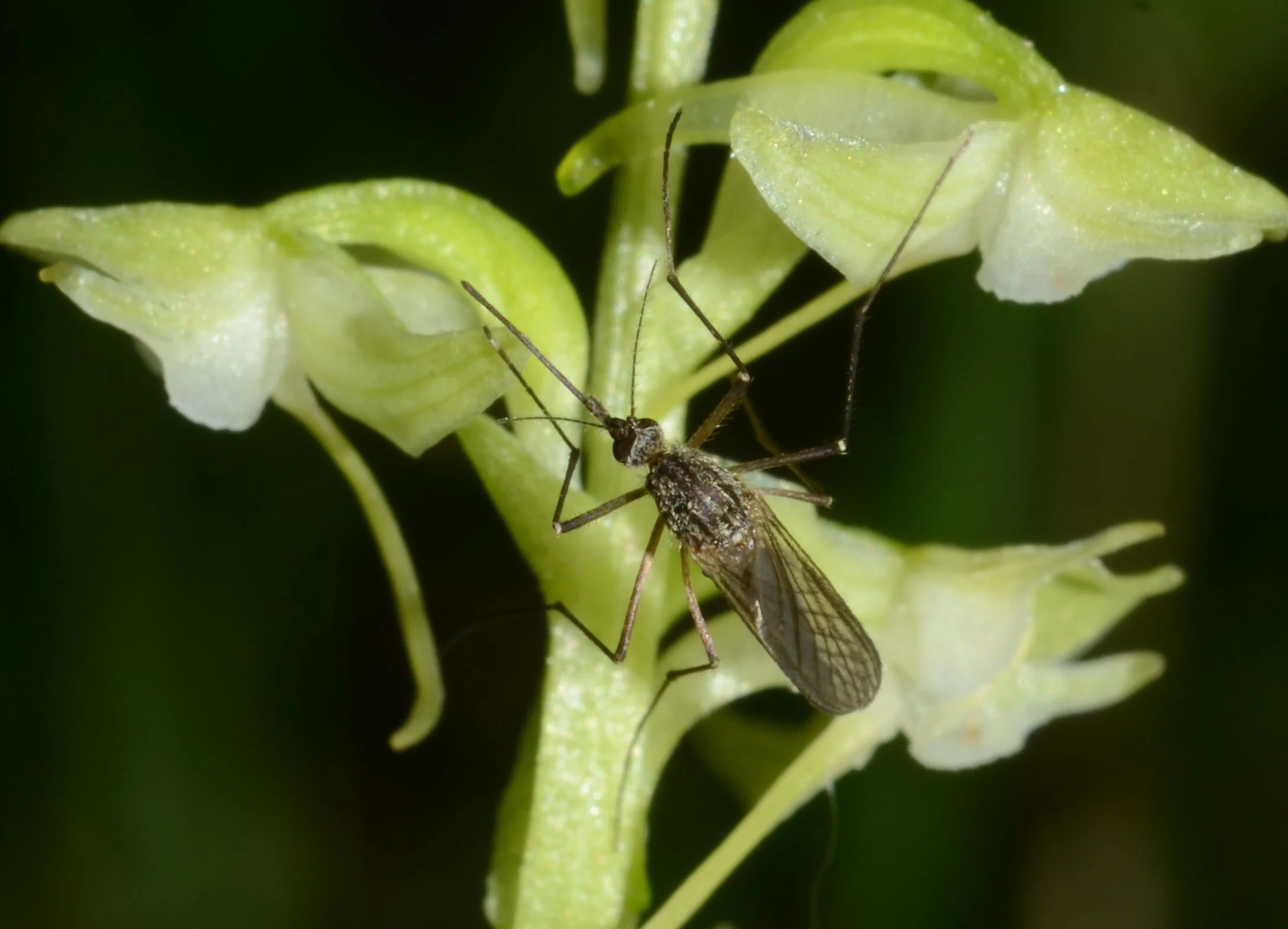Photo by Luis Baquero licensed under CC BY-NC-ND 2.0
Just when I thought I could stop acting surprised by the myriad applications of 3D printing, a recent study published in the journal New Phytologist has me pulling my jaw up off the floor. Using a 3D printer, researchers from the University of Oregon have unlocked the mystery surrounding one of the more peculiar forms of mimicry in the botanical world.
The genus Dracula is probably most famous for containing the monkey face orchids (Dracula simia). Thanks to our predisposition for pareidolia, we look at these flowers and see a simian face staring back at us. Less obvious, however, is the intricate detail of the labellum, which superficially resembles the monkey's mouth. A close inspection of this highly modified petal would reveal a striking resemblance to some sort of gilled mushroom.
Indeed, a mushroom is exactly what the Dracula orchids are actually trying to mimic. The main pollinators of this genus are tiny fruit flies that are mushroom specialists. They can be seen in the wild crawling all over Dracula flowers looking for a fungal meal and a place to mate. Some of the flies inevitably come away from the Dracula flower with a wad of pollen stuck to their backs. With any luck they will fall for the ruse of another Dracula flower and thus pollination is achieved.
Despite being well aware of this mimicry, scientists didn't quite know what specifically attracted the flies to the flower. This is where the 3D printer came in. The research team made exact replicas of the flowers of Dracula lafleurii out of odorless silicone. They also printed individual flower parts. In doing so, the researchers were able to vary the color patterns as well as the scent of each flower. Using the parts, they were also able to construct chimeras, which allowed them disentangle which parts contribute most to the mimicry.
What they discovered is that the key to Dracula's mushroom mimicry lies in its gilled labellum. This petal not only looks like a mushroom, it smells like one too. The result is a rather ingenious ruse that its tiny fly pollinators simply can't resist. What's more, this approach offers an ingenious way of investigating the evolution of mimicry throughout the botanical kingdom.
Photo Credit: Luis Baquero (http://bit.ly/21GhYGJ)
Further Reading:
http://onlinelibrary.wiley.com/doi/10.1111/nph.13855/abstract












